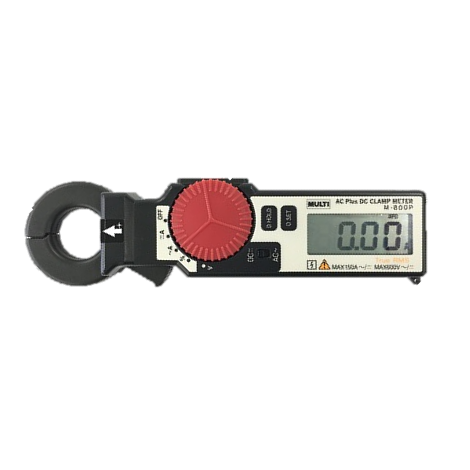Japan’s highest end precision current measurement technology since 1985
DC COMPONENT IN INVERTERS

Measuring the DC component in the output of AC inverters is vital for evaluating system performance, efficiency, and power quality. One effective way to perform this measurement is by using a current clamp in conjunction with a digital multimeter (DMM). This application note discusses the importance of measuring the DC component, the methodology for performing measurements using a current clamp, and provides practical guidance for engineers and technicians.
Why Measure the DC Component in AC Inverters?
Measuring the DC component in AC inverter outputs is essential for several reasons:
Efficiency Analysis: Accurate measurement allows for the assessment of the inverter's efficiency. A substantial DC component may indicate power losses and inefficiencies in the conversion process.
Output Quality: An excessive DC component can lead to harmonic distortion, affecting the quality and performance of connected loads and equipment.
System Reliability: High DC content can stress inverter components, potentially reducing their lifespan and reliability.
Grid Compliance: For grid-tied inverters, adhering to grid codes often requires minimizing the DC component to ensure compatibility with the utility grid.
Model 800P is the world’s first clamp meter which can detect small. DC current in AC circuit in addition to general AC/DC current measurement. By using this clamp meter, DC offset surveillance can be made easily in the actual fields like as solar inverters, etc. and it is possible to check if the DC component in AC circuit is less than 1% of the rated AC current or not, according to the regulation.
This clamp can be used in solar power plants to measure the DC component of inverters. Also 800P can find its application in industries where inverter control of motor is used.
